“The sound of a space configures the sound identity of this place and is part of the cultural heritage, as specified in the Convention for the Safeguarding of the Intangible Cultural Heritage, issued by the General Conference of the United Nations Education and Science Organization, UNESCO of October 17, 2003, and entered into force on April 20, 2006.”
The soundscape, the sound environment of what surrounds us, is the sound expression of each place. The soundscape refers to the events we hear, which are ultimate what marks the sound identity of a place. Sound is a material that configures collective memory, and also individual memory. However, this sound space is ephemeral, mutant, modifiable, and varies over time, so as stated in the Convention for the Safeguarding of the Intangible Cultural Heritage of UNESCO and the material heritage, most of these cultural sounds are in the process of disappearing.
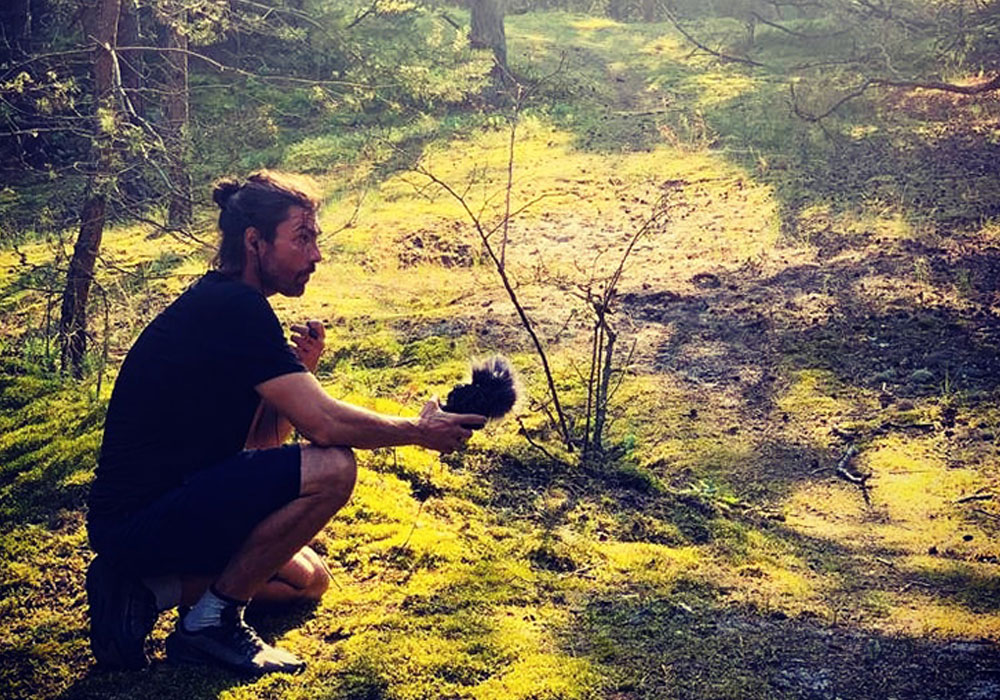
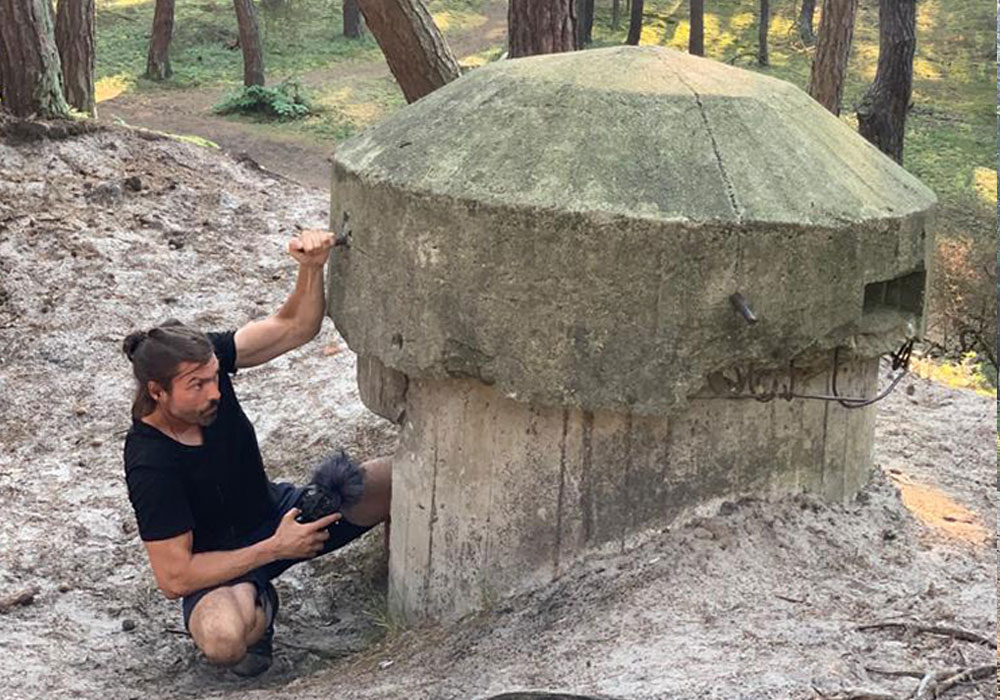
Sound is a document that is necessary to collect, analyze and preserve soundscape projects, it consists of making field recordings, documenting and archiving these sound documents to promote dissemination and knowledge. Soundscape projects are developed as a systematic work of collecting sound data to identify its components since the record of the sound identity of each place is a document that helps to analyze the differential aspects of each environment.
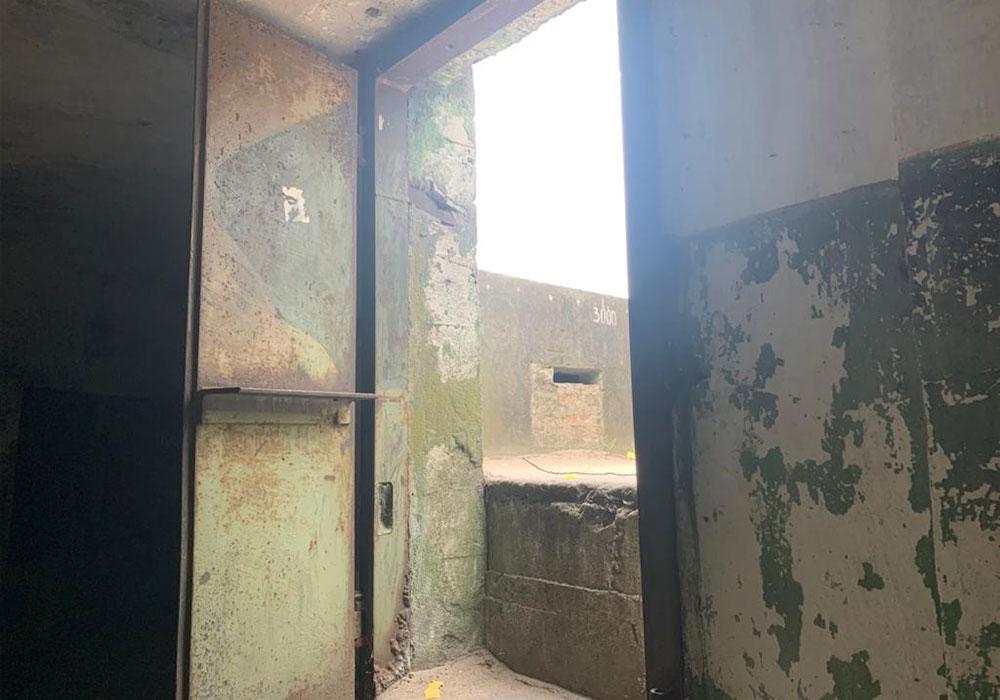

Sound, acoustic environments, natural sounds, and sound memories constitute an Intangible Cultural Heritage recognized by UNESCO as an element that defines the differential condition of a culture, which must be protected, revitalized, regenerated, and disseminated.
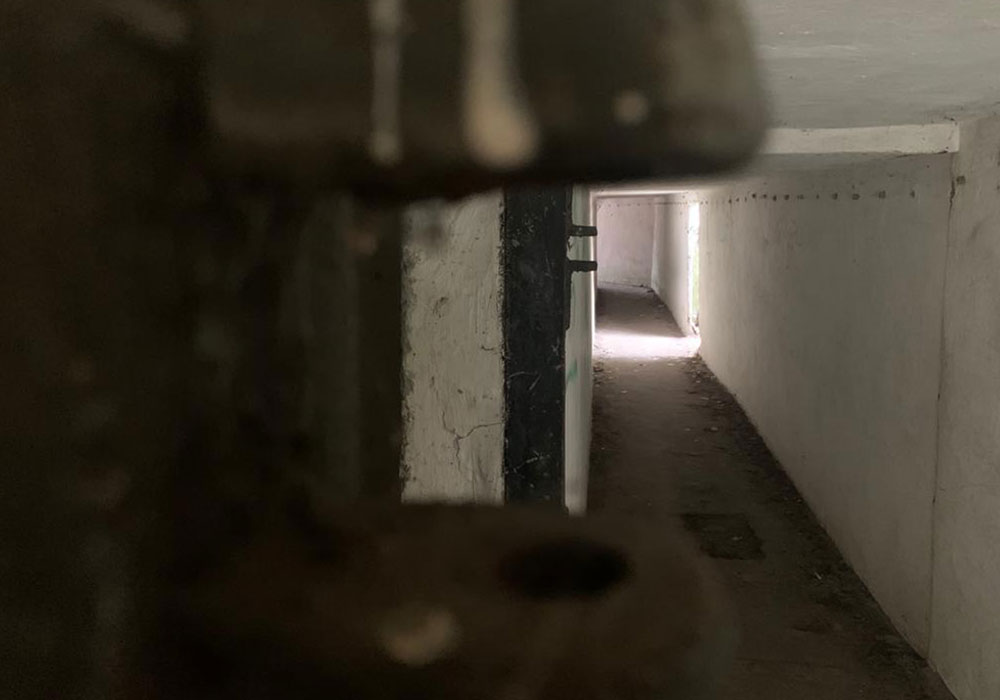

The fieldwork and data collection aim to reflect the sound identity of each location and establish a record that, as a sound description of an environment, is a document that helps to analyze and preserve the differences in each environment.
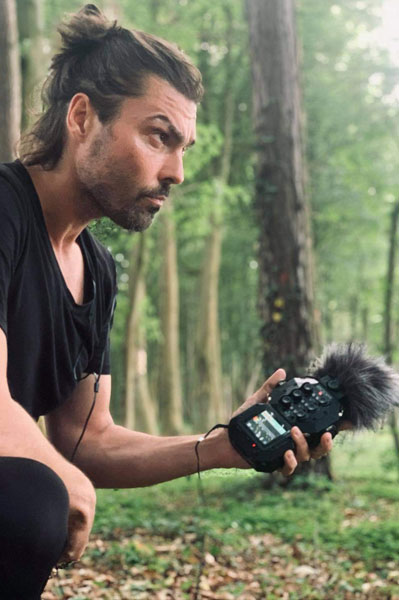

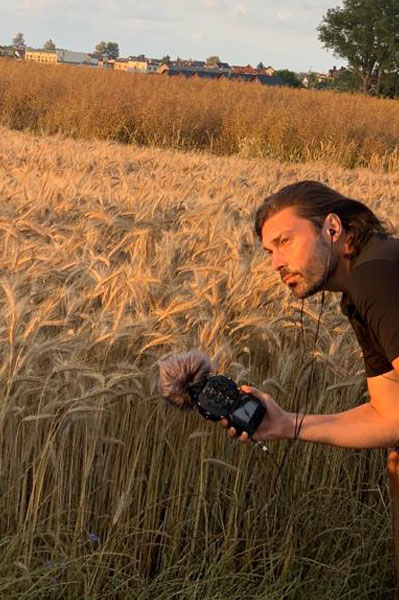

In each Soundscape recording project, data is collected in different aspects:
– Sound paths and deviations
– Sound, natural and cultural environments
– Industrial and commercial sounds
– Sound events and popular parties
– Public, urban and rural sounds
– Sounds of natural and biological phenomena
– Cultural sounds of cultural diversity in today’s society
– Acoustic signals
– Historical memory
– Oral tradition
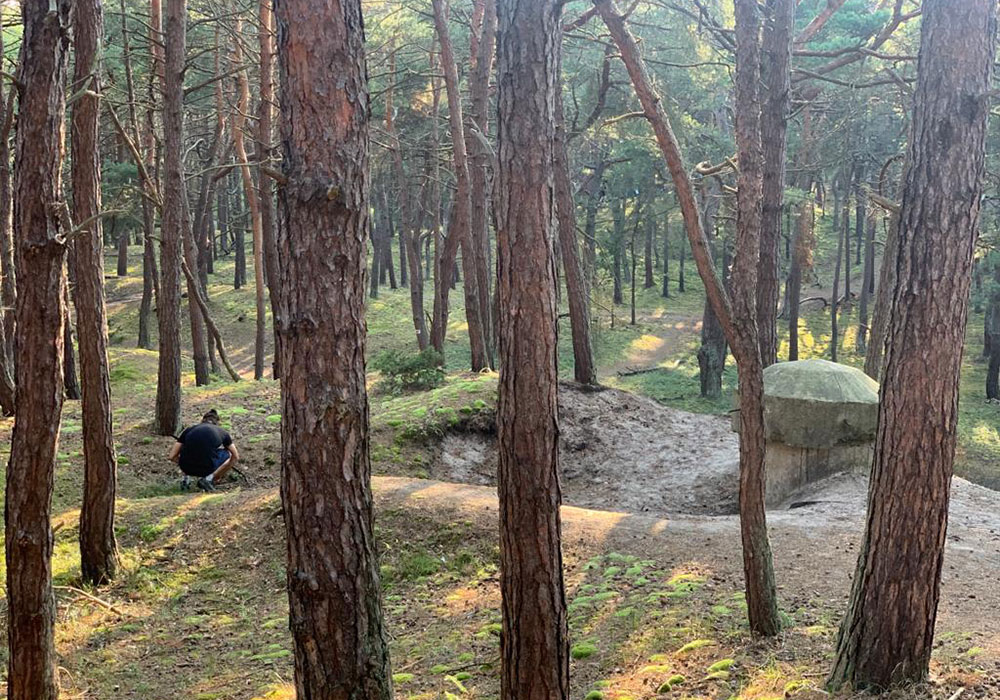
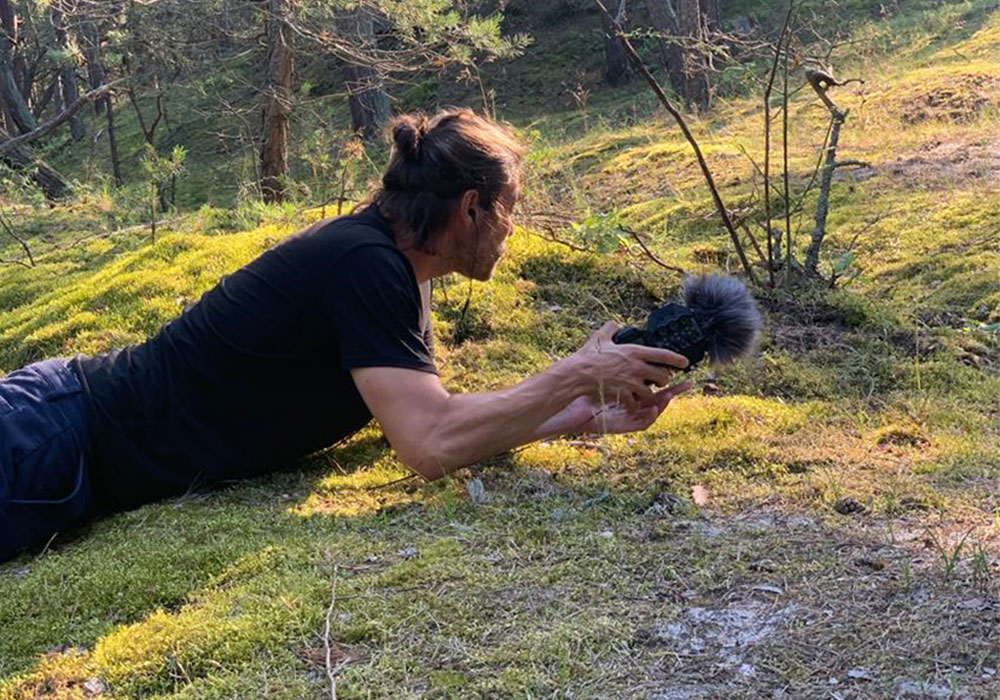
Sound mapping is the term used to define and analyze the location of sounds in space. In our studio, we set recording parameters by geolocation of sounds, location of sound sources, and location of microphones using binaural microphones to record in three dimensions.
Binaural hearing depends on the brain’s ability to localize sounds and spatialize hearing in three dimensions. Through binaural recording technology, a sound is faithfully reproduced so that the listener’s perception is as if they were in the place and environment in which it was recorded. For this, a binaural head is used, which is a replica of human ears and ear canals using an alginate mold and a silicone sheath, where the microphones are, recreating the behavior of sound waves in our ears and replicating them. Amplitude differences. and phase that would occur in the actual audience. These differences in time and level of arrival between the two ears are extremely important, as our brain processes them to locate the origin or source of the sound, where all its orientation and cognition are based on the reverberations that are produced. In space.